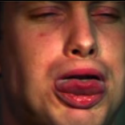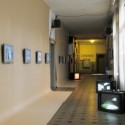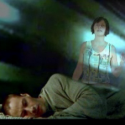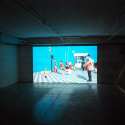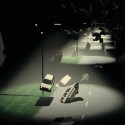04\09\2011
Written by Narayana
Part 1: Video Art killed the Painting Star: Bern
[pro-player]http://www.blendbureaux.com/wp-content/uploads/2011/movies/aerschmann-from-a-to-b.FLV[/pro-player]
Peter Aerschmann, FROM A TO B, 2010, 12 min loop, 16:9, no sound DVD & HD Video, Ed. 5+1 AP, © Peter Aerschmann 2010
Video has long been considered yet another art medium to expand on painting, and has been described as ‘mark making with movement’. Today, having video as part of an art collection is common, however creating a comprehensive collection of video art and successfully integrating it’s viewing in to daily life still defies convention. I talk with dedicated collectors Carola Ertle Ketterer and Günther Ketterer who are based in Bern, Switzerland about their fifteen-year long video art collection and what it means to collect and exhibit video art long-term.
written by Claire Breukel
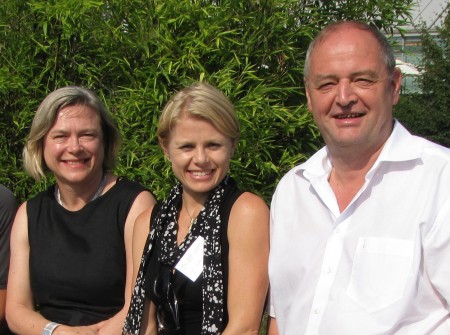
Carola Ertle Ketterer and Günther Ketterer have been collecting art together since the 1980’s. They began collecting expressionist painting as well as work from local Swiss artists. During a visit to an exhibition they came across an installation that included a video projected on a statue by artist Franticek Klossner.
They both loved the work so much it inspired them to begin collecting video-based art, and they have since acquired a collection of over seventy works that includes the likes of Peter Aerschmann, Pia Maria Martin, Pavel Büchel and Diana Dodson—all of whom were featured in the exhibition ‘Looping Memories’ created around the theme of the passage of time and memory, and shown in the Progr_Zentrum für Kulturproduktion, Bern in 2009, as well as Art Karlsruhe in March 2010. This exhibition followed ‘Some From Bern, Some From Elsewhere’, in the Museum Liner, Appenzell in 2007, which as the name suggests, featured both local and internationally known artists and resulted in the creation of a CD-ROM featuring samples of the included video artworks.
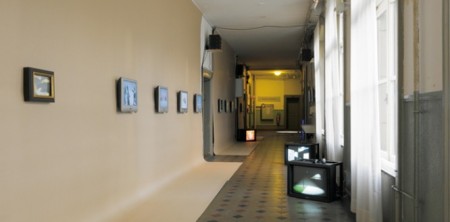
You can see by the spark in Mr. Ketterer’s eye and the knowing glances between the couple that their video collection is something they are mutually passionate about. Ms. Ertle Ketterer explains, “Our generation grew up as the medium of television evolved, which influenced the way we look and made us accustomed to the medium of video”. They do however make a strong distinction between filmic work and video art, and Mr Ketterer references Boris Groys in a seminar at the University of Bern when he describes that film for him offers a moving picture but keeps the viewer static, video art on the other hand offers a moving picture and allow for the viewer to interact with the image.
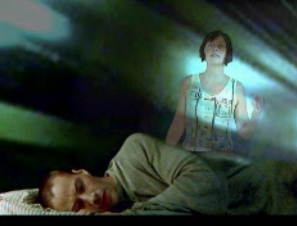
This is the first set of criteria with which they begin to select work. Another guideline is to include video that is strictly non-narrative; anything referencing filmic work for them is too close to documentary. Curator Bernard Bischoff is a long time collaborator of the Ketterer’s and explains, “It is out of a continual exercise of choice that their common taste and interest have emerged, and so far there has been no noticeable leaning towards purely narrative works”. The last criteria they explain with a smile as: “nothing aching on the brain or the eye” in the sense of being extreme and demanding on the viewer’s tolerance. Understandable when the work is to become part of a collector’s home environment.
It is clear that this focused collecting also comes from the fact that the Ketterer’s choose their work personally, traveling to video-based art fairs such as Loop Art Fair in Barcelona, and always together, often collecting multiple works by the same artist they both appreciate.
I ask what they will eventually do with their collection. The answer: “Keep it!”



